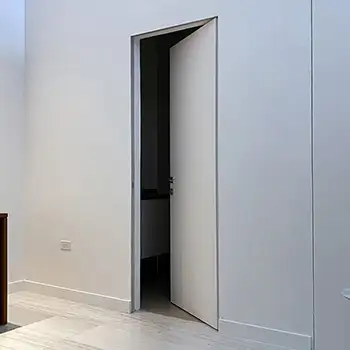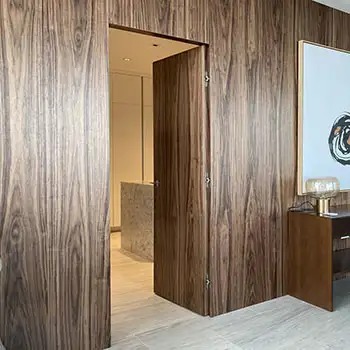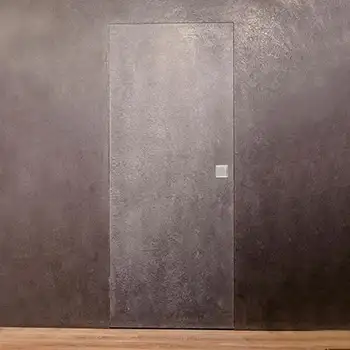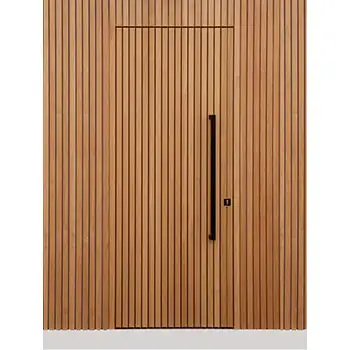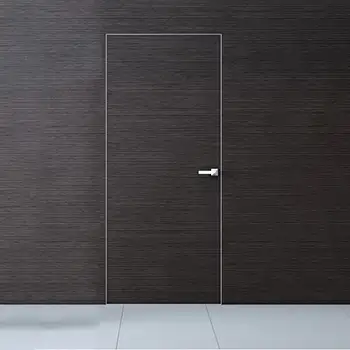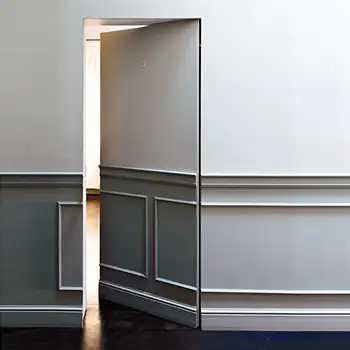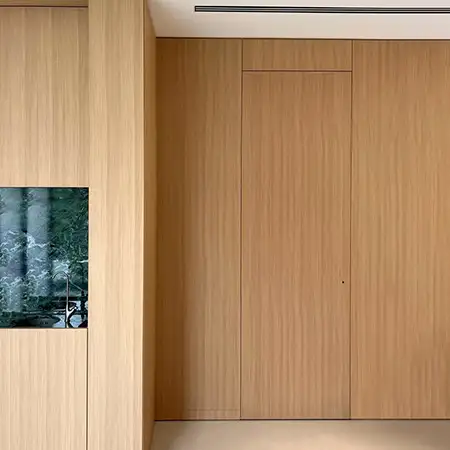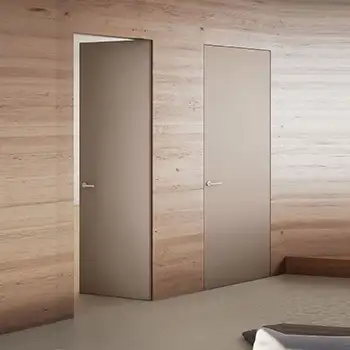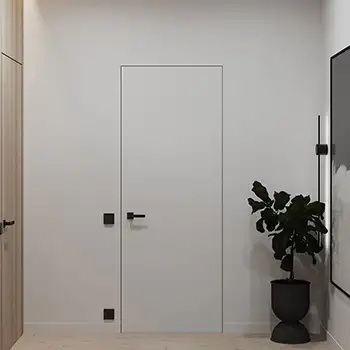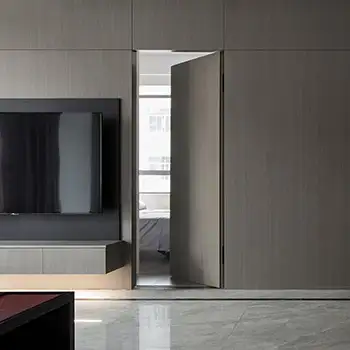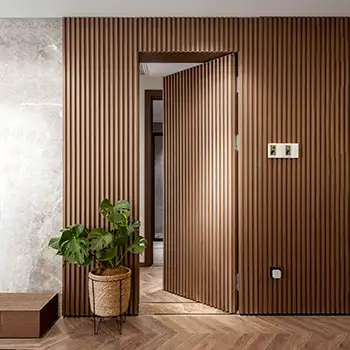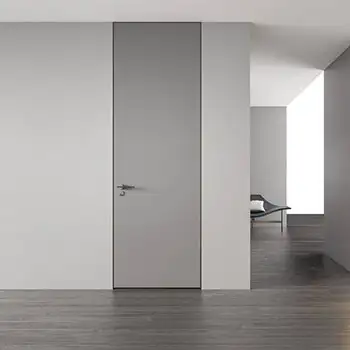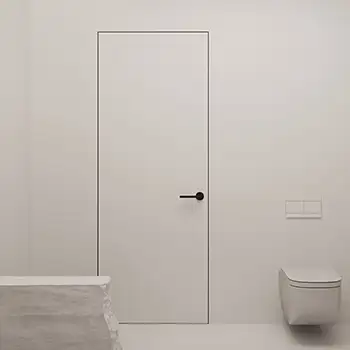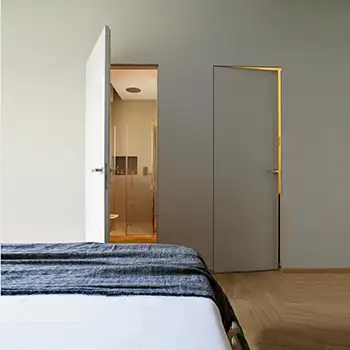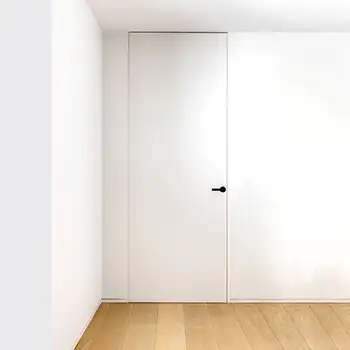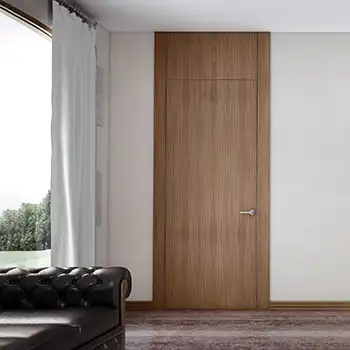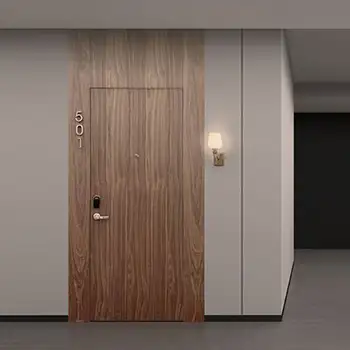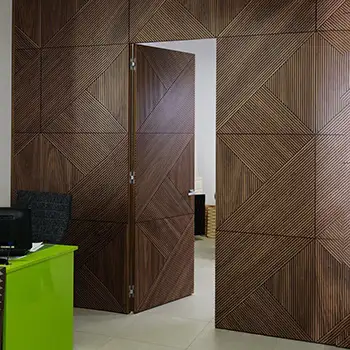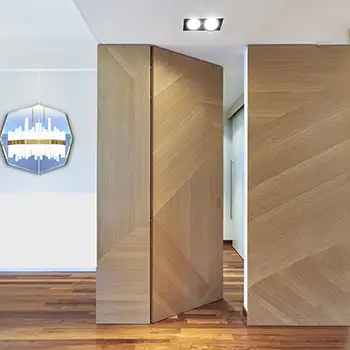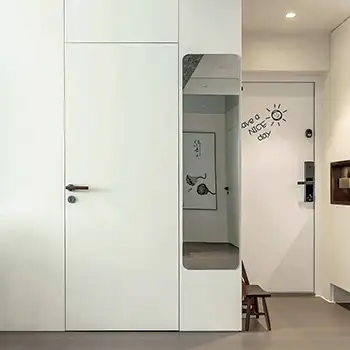How to hidden door no frame visible? How to Eliminate the Traditional Door Frame for a Seamless, Modern Look
Are you looking to eliminate the traditional, visible door frame that interrupts the clean lines of your walls? A hidden frame (or hidden jamb)flush door can provide a sleek, minimalist aesthetic that blends effortlessly into your space. Here’s a detailed guide on how to achieve a door design with no visible frame, creating a seamless, modern appearance for your home.
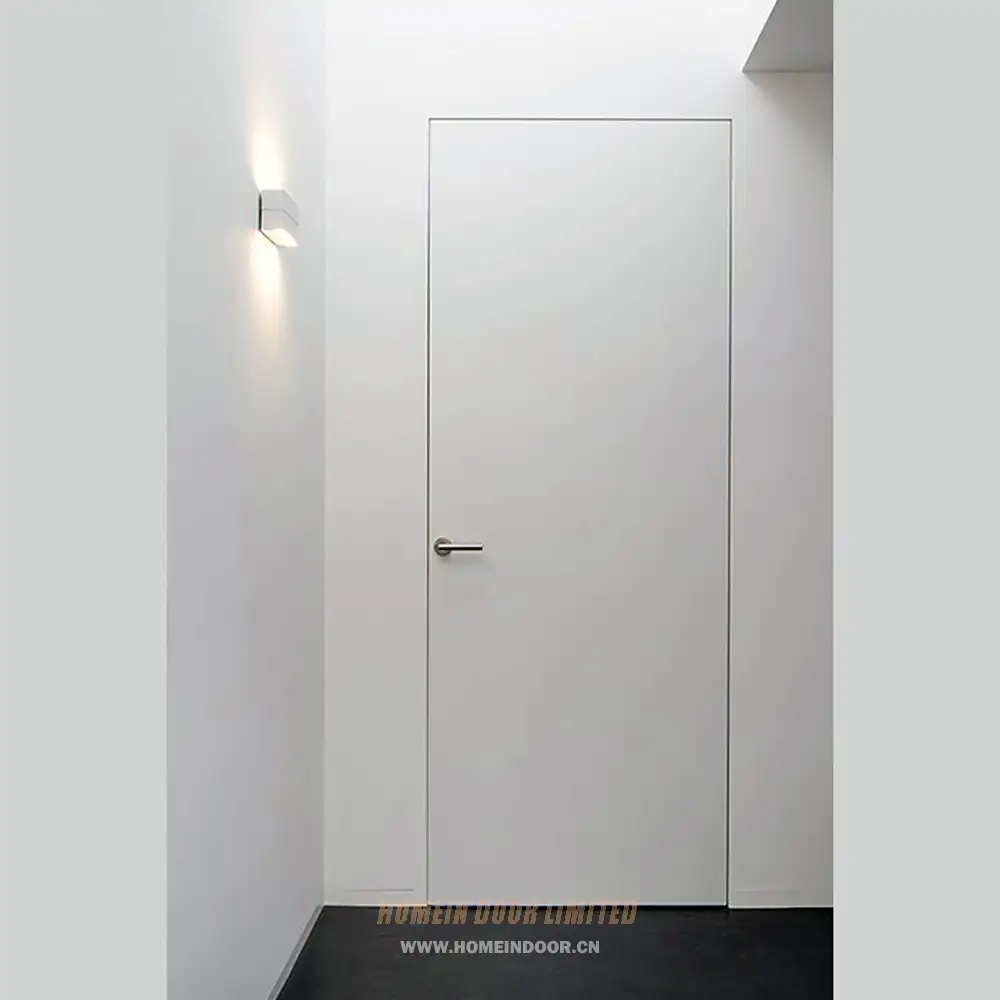
Step 1: Design the Right Door Construction
A: Door Frame Design
To achieve a truly flush finish, the design of the door frame is crucial. It should meet two key conditions:
-
Integrated Rebate
The frame must feature a rebate—a small step or groove along the frame’s edge. This allows the surrounding wall panel to extend close to the door slab without overlapping or interfering with it. The rebate ensures the door slab is recessed within the frame, making it virtually invisible from the outside. -
Strong Bonding Capability
The frame must be capable of bonding strongly with the surrounding wall panels. This ensures the stability of the door, providing a solid, durable finish and preventing any shifting or warping over time.
B: Door Slab Design
The design of the door slab itself is just as important:
-
For Swinging Doors Opening Outwards
Keep the door edge flat. This allows the door to swing freely without disrupting the surrounding aesthetics. -
For Swinging Doors Opening Inwards
The door edge should feature a rebate slot on the top, left, and right sides. This rebate will accept a frame stop when the door is closed, ensuring that the door fits snugly within the frame without overlapping, and remains flush with the wall.
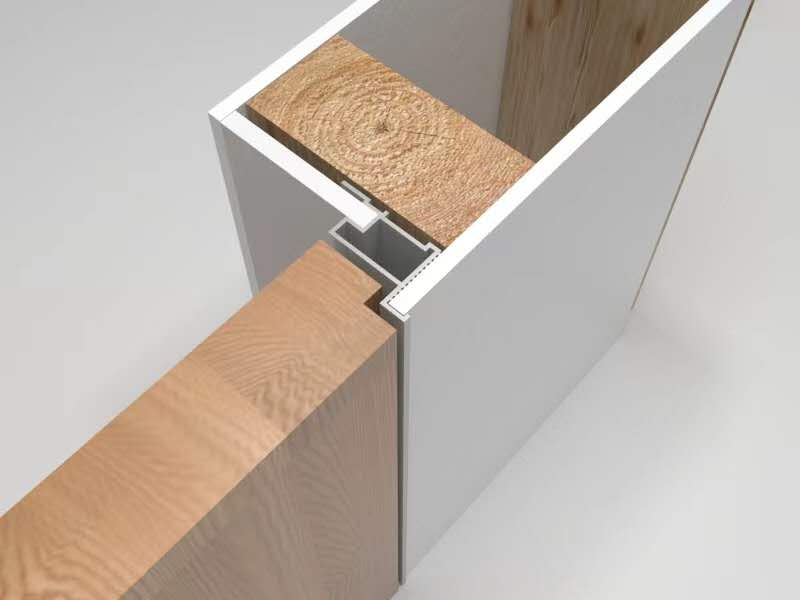
Step 2: Installation Guide
1. Install the Door
The first step in installation is securing the door itself. Ensure that the door slab's surface is flush with the wall surface. This is essential for achieving the seamless appearance you desire. The door should be perfectly aligned, with no visible gaps between it and the surrounding wall.
2. Extend the Surrounding Wall Panel
Next, extend the wall panel so that it extends to within 3mm of the door slab. This helps maintain the flush, integrated look. The extended wall panel should cover the door frame, hiding it from view completely.
3. Bond the Wall Panel to the Frame
Once the wall panel is in place, you’ll need to bond it firmly to the door frame. This ensures structural integrity and helps maintain the smooth, flush appearance over time. A strong, durable adhesive or bonding agent should be used for this step to ensure long-lasting results.
4. Use Concealed Hinges
Concealed hinges are a must for this type of door design. These hinges are hidden within the door frame when the door is closed, contributing to the clean, minimalist look. Concealed hinges not only make the door more aesthetically pleasing but also allow for smoother, quieter operation.
(Optional: For an even more minimalist aesthetic, consider using a handleless lock or an integrated locking mechanism that doesn’t require external hardware.)
Recommended Solution: Trimless Aluminum Profile Frame
For the ideal flush-door design, we recommend using a trimless aluminum profile frame. Here’s why:
-
Structural Strength
Aluminum is significantly stronger than wood, allowing you to create more intricate frame designs, like rebates, without compromising the door’s stability or load-bearing capacity. -
Integrated Rebate & Slot Design
The aluminum frame includes an integrated slot that securely holds the wall panel in place, ensuring it bonds firmly with the surrounding surface for a seamless finish. -
Minimalist Finish
The trimless design, paired with concealed hinges and an optional handleless lock, creates a clean, modern, and almost invisible door. This design is ideal for those who want a minimalist, contemporary look that blends effortlessly into the walls.
Conclusion
By following these steps and using the recommended trimless aluminum frame, you can achieve a flawless, modern, and clean flush door that eliminates the need for traditional visible door frames. This not only elevates the aesthetics of your space but also contributes to a more cohesive, streamlined design.

